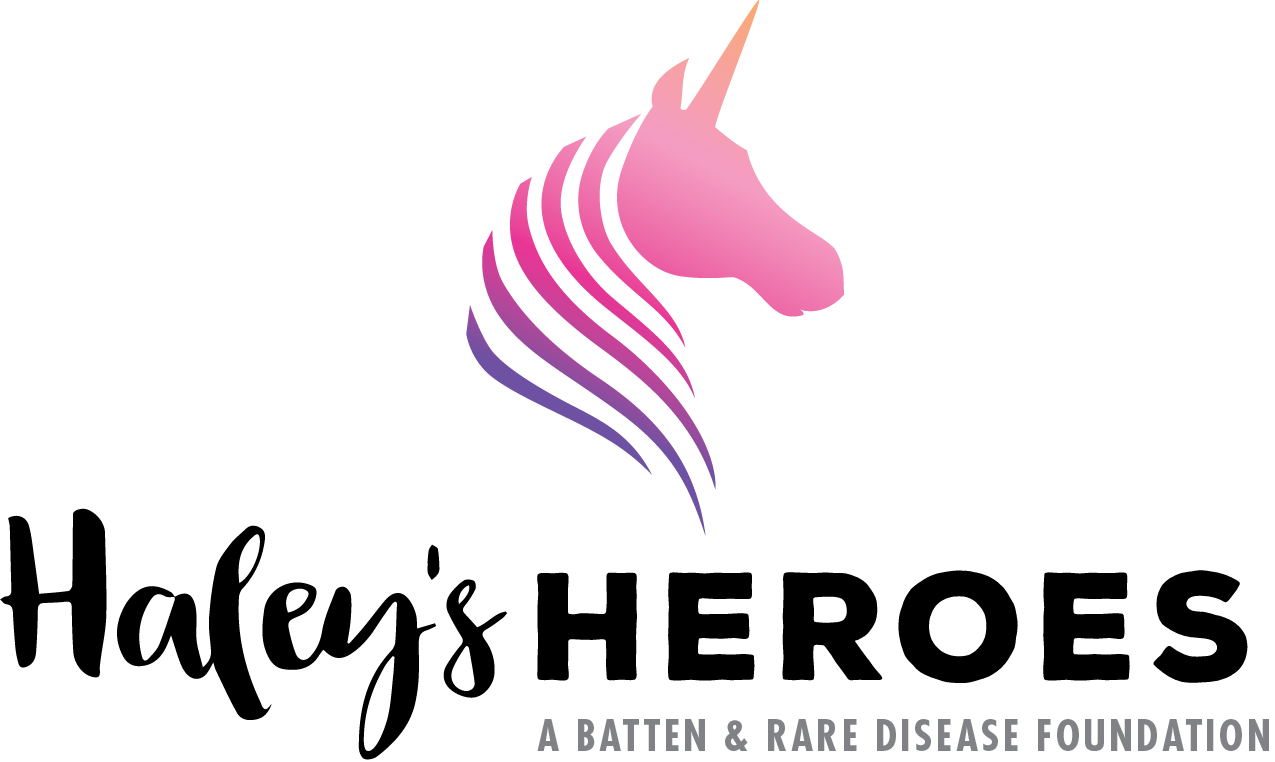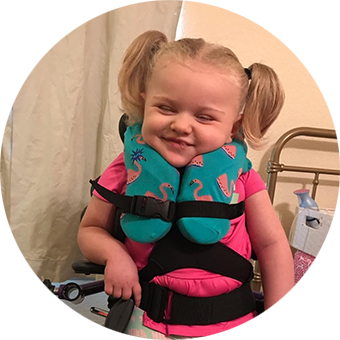Getting to a Cure
__________
WE ARE WORKING WITH SOME OF THE BEST MINDS IN THE CLINICAL FIELD TO LEAD RESEARCH TEAMS AND EVALUATE THE EFFECTIVENESS OF GENE THERAPY AT PREVENTING, CURING, SLOWING AND REDUCING SYMPTOMS OF CLN1.
In the next 10 years, we will extend our efforts to research and evaluate regenerative therapy for improvement of symptoms for those affected by all variants of Batten Disease. And in the next 15 years, we will research and evaluate the effectiveness of any and all potential treatments, therapies and cures for all variants of Batten Disease.
Ultimately, all victims of Batten Disease will receive or benefit from foundation influenced care and developments to have symptom slowing, symptom termination, symptom reversal, cure and/or prevention. We will see 1. FDA approval for Batten Disease therapy clinical trials, 2. Clinical success for Haley and other children, 3. Scientific advances beyond Batten Disease.
Our Advisors
Our scientific advisory board is a volunteer group selected for their expertise in the research and study of genetic disorders, specifically Batten Disease.
The board is formed to give advice and support to the Haley’s Heroes Foundation and the effort to find a cure for Batten Disease, specifically CLN1.
Sandra Hofmann
MD, PhD
Professor of Internal Medicine and Molecular Genetics at UT Southwestern Medical Center
David Pearce
PhD
President of Sanford Research, Sanford Health Director at Sanford Children's Health Research Center, Sanford Research Professor in the Department of Pediatrics at Sanford School of Medicine of the University of South Dakota
Denia Ramirez-Montealegre
MD, PhD, MPH
Division of Pediatric Neurology, UVA Medical Center
Mark Sands
PhD
Professor of Internal Medicine, Oncology and Genetics at Washington University School of Medicine, Molecular Genetics and Genomics, Neurosciences and Molecular Cell Biology Programs
FAQs
Our FAQ section about Batten disease is essential to provide clear and concise answers to common questions from families, caregivers, and those affected by the condition.
What is Batten Disease?

Batten disease is the common name for neuronal ceroid lipofuscinoses (NCLs), a class of rare, fatal disorders of the nervous system. Typically beginning in childhood, Batten disease systems include loss of vision and language, seizures, changes in personality and behavior, dementia, and a shortened life expectancy.
What Is the Cause of Batten Disease?

Batten disease is an inherited genetic disease that affects the patient’s cells ability to break down and recycle waste, leading to an abnormal accumulation of proteins and lipids in brain cells and tissue in the body. The disorder is recessively inherited, meaning both parents must be carriers of the defective gene.
Where Can I Learn More?
Be a Hero
“And though she be but little, she is fierce.” Shakespeare

